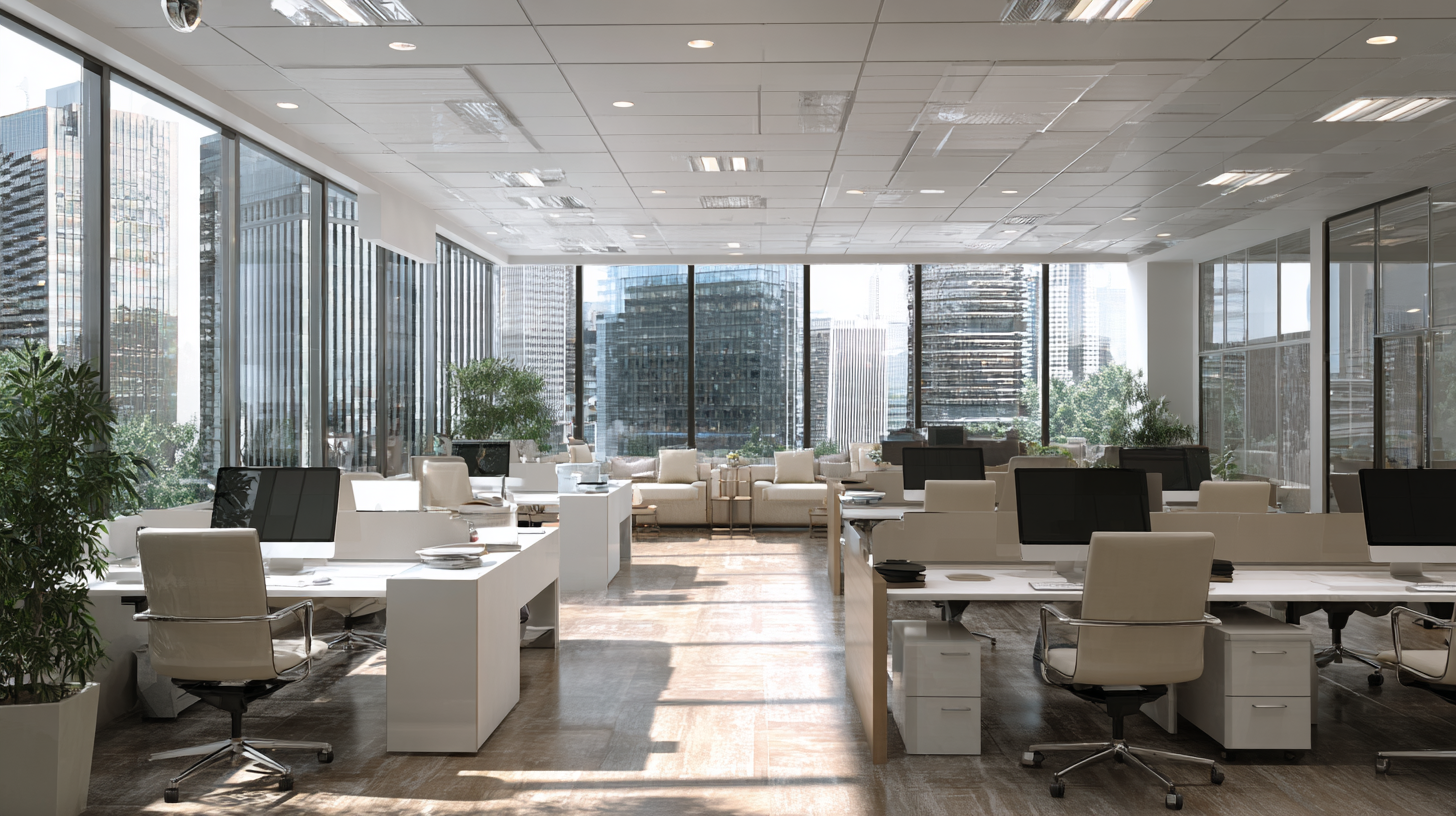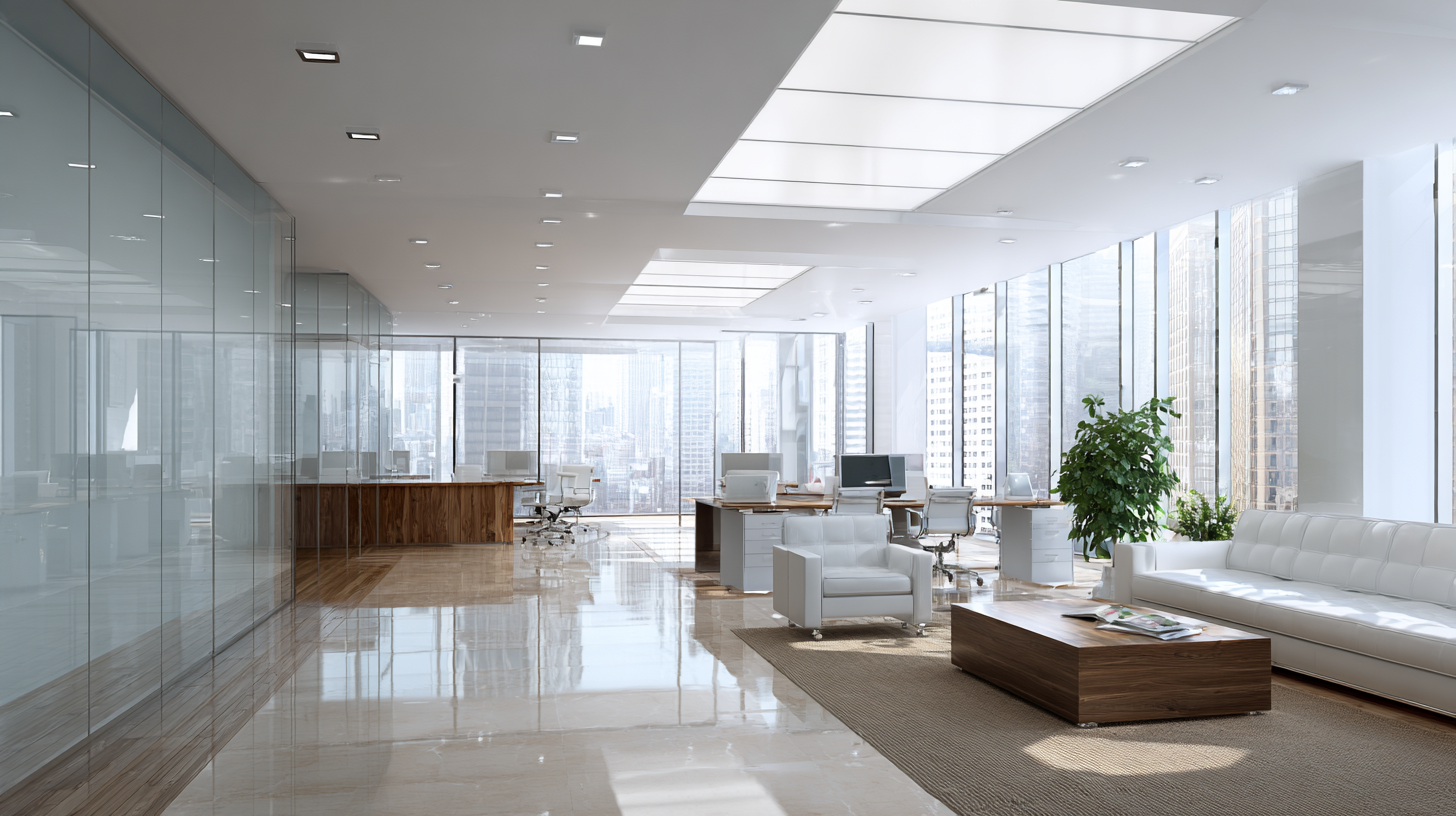In today’s fast-paced work environments, the concept of Personal Space has taken on new significance. As workplaces become increasingly collaborative and open, maintaining a sense of personal boundaries is crucial for employee well-being and productivity. This blog explores the top strategies for enhancing Personal Space within such settings, aiming to strike a balance between teamwork and individual comfort. From the thoughtful design of physical spaces to the incorporation of technology that promotes privacy, we will delve into practical solutions that can transform how we experience our work environments. By recognizing and prioritizing Personal Space, organizations can foster a culture that respects individual needs while enhancing overall team dynamics. Join us as we uncover innovative approaches to creating a workspace where everyone feels valued and at ease.

In today's workplace, the significance of personal space cannot be overstated. Personal space refers to the physical and emotional distance we maintain from others, and it plays a crucial role in fostering a comfortable and productive environment. When employees feel that their personal boundaries are respected, they are more likely to experience increased job satisfaction and overall well-being. This sense of security not only nurtures trust among team members but also enhances collaboration, as individuals are more willing to share ideas in a setting where they feel at ease.

Furthermore, the design and layout of the workplace significantly impact how personal space is valued. Open office layouts, while promoting interaction, can often lead to discomfort due to noise and lack of privacy. Incorporating designated quiet zones or private meeting rooms allows employees to escape the hustle and bustle, offering them a retreat where they can focus on their tasks without interruptions. By recognizing the importance of personal space and implementing strategies to enhance it, organizations can cultivate a more positive workplace culture that respects individual needs while promoting teamwork and innovation.
Creating personal boundaries in the workplace is essential for maintaining a healthy work-life balance. One effective strategy is to establish clear communication with colleagues about your availability. For example, you might use a digital calendar to denote when you are free for meetings or when you need uninterrupted time to focus. This not only helps others respect your time but also sets a standard for professional interactions.
Another practical tip is to define your physical workspace. If possible, personalize your desk with items that reflect your personality and make you feel comfortable. This can create a sense of ownership over your space and signal to others that you value your environment. Additionally, setting up physical barriers, like using plants or desk dividers, can help create a visual cue that indicates when you are busy or need space.
Lastly, practice saying "no" when necessary. Empowering yourself to decline tasks or invitations that infringe on your boundaries can foster respect from your coworkers. By prioritizing your own needs, you send a clear message that personal space is vital for productivity and well-being in the workplace.
Creating a personalized workspace is essential for enhancing comfort and productivity, especially in today's hybrid work environments. Transforming your office into a space that reflects your personality can significantly impact your well-being and efficiency. Here are some creative ways to personalize your workspace:
One effective approach is to invest in ergonomically designed furniture. Consider adjustable chairs and desks to ensure proper posture during long work hours. Additionally, incorporating decorative elements like plants or artwork can make your surroundings more inviting. Opt for a color palette that calms or energizes you—soft blues for tranquility or vibrant yellows for creativity.
Another tip is to integrate technology that supports personalization. Smart office gadgets, such as adjustable monitors and customizable keyboard setups, can enhance your workflow and comfort. Also, creating designated zones within your workspace for different activities—like reading or video conferencing—can help maintain focus and reduce distractions. Embrace the blend of style and functionality to create a workspace that truly resonates with you.
In today's collaborative work environments, the importance of respecting personal space cannot be overstated. Encouraging colleagues to honor each other's boundaries fosters a more comfortable and productive atmosphere. One effective strategy is to promote open communication about personal preferences. Teams can initiate discussions around what personal space means to each member, helping to create a shared understanding of boundaries. When individuals express their comfort levels regarding proximity, it can significantly reduce misunderstandings and promote mutual respect.
Another approach is to create designated zones within the workplace. By establishing quiet areas for focused work and social spaces for interaction, employees can naturally gauge when to offer personal space or engage with colleagues. Additionally, using visual cues, such as plants or desk layouts, can help signal to others the need for privacy. Providing training on body language and spatial awareness further empowers employees to navigate personal space intricacies, reinforcing the idea that respect for individual boundaries is vital for team cohesion and morale.
In today's fast-paced workplace environments, maintaining focus and minimizing disturbances has become increasingly crucial for productivity. A study by the Harvard Business Review revealed that employees lose approximately 50% of their productivity due to distractions, leading to significant impacts on overall performance. To combat this, adopting mindfulness techniques can be a game-changer. Practices such as deep breathing exercises, meditation, and even mindful walking can help employees regain their focus and create a serene atmosphere amidst the hustle and bustle of the office.
Integrating mindfulness into the workplace has shown promising results. According to a report by the American Psychological Association, companies that implement mindfulness programs have seen a 32% reduction in employee stress levels and a 24% increase in job satisfaction. These techniques not only aid individuals in concentrating better on their tasks but also foster a more collaborative and harmonious work environment. By encouraging regular mindfulness practices, companies can enhance personal space, allowing employees to feel more in control and less overwhelmed, ultimately boosting their productivity.

